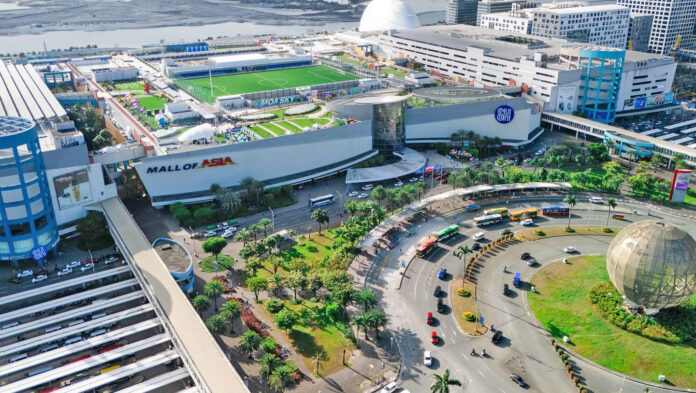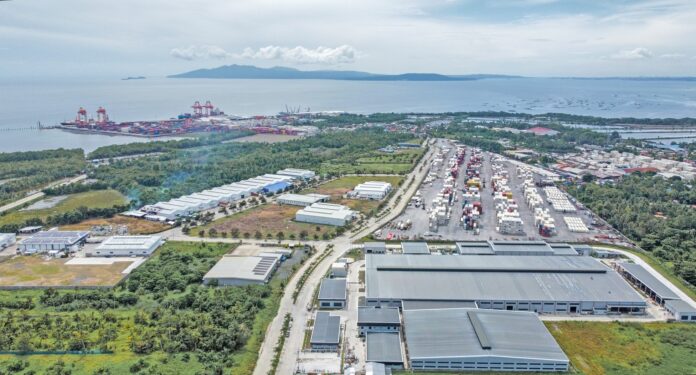Exciting developments are reshaping the Philippine retail sector. From the arrival of major foreign brands to the launch and renovation of shopping malls across the country, the retail industry is experiencing a strong comeback.
Global names like IKEA, Anko, Nitori, and Flying Tiger have made their mark, capturing Filipino shoppers’ attention and occupying large retail spaces in newly developed and redeveloped malls.
At the same time, local developers are aggressively investing in physical retail. Major players such as SM Prime Holdings and Ayala Malls are leading the charge, pouring billions into mall expansion and upgrades across Metro Manila and key provincial cities. These efforts are transforming malls into modern, experience-driven spaces—designed not only to attract crowds, but to keep them engaged.
Retail Spaces Reopen and Expand Nationwide

Colliers Philippines in its latest report said developers have delivered over 250,000 square meters of new retail space in the last three quarters, including landmark projects like the SM Mall of Asia Expansion and the opening of One Ayala and Gateway Mall 2.
For this year alone, it forecasts an additional 270,000 square meters of new space to be completed with additional supply coming from the redevelopment of iconic malls such as SM Megamall, Glorietta, and Greenbelt.
Malls outside Metro Manila are also being revitalized. Rockwell is set to open Power Plant Malls in Angeles City and Bacolod by 2027, while SM and Ayala have announced new developments in Cebu, Iloilo, and Davao. This push into regional markets highlights the growing retail potential of suburban and provincial areas, which are benefiting from rising population, purchasing power, and residential expansion.

Despite the opening of new commercial spaces, Colliers Philippines is still seeing greater physical mall space absorption moving forward.
It expects Metro Manila mall vacancy will return to pre pandemic by end 2026.
“We attribute this to greater absorption of mall space and managed level of new retail competition. With a more favourable retail environment supported by slowing inflation,” Colliers director for research Joey Roi Bondoc.
Foreign Brands Fuel Leasing Activity
Retail leasing has picked up significantly due to the entry and expansion of global brands. Colliers noted that Metro Manila retail vacancy dropped to 13.1 percent in Q1 2025 from 15.1 percent in the previous quarter—the lowest since early 2021.
These gains were driven by tenant take-up in newly completed malls and redeveloped spaces, as well as strong consumer foot traffic, especially during the holiday season.
Colliers said food and beverage will likely continue to dominate mall leasing in the next 12 months.
However, demand is also rapidly growing for brands in home furnishings and personal accessories—categories that often require larger floor areas and offer unique in-person experiences. Developers are urged to maximize these opportunities by integrating such retailers into their upcoming projects.
The Future of Malls Is Bright and Bigger
While the prospects on the Philippine retail industry remains bright, Colliers said developers should continue reinventing malls as lifestyle centers and explore the viability of housing more popular retail brands.
These moves will entire more mallgoers to stay longer and spend more within their commercial centers.
As property firms expand their residential footprint outside Metro manila, Collier said commercial developers should also complement these projects with an ideal size of retail component.








